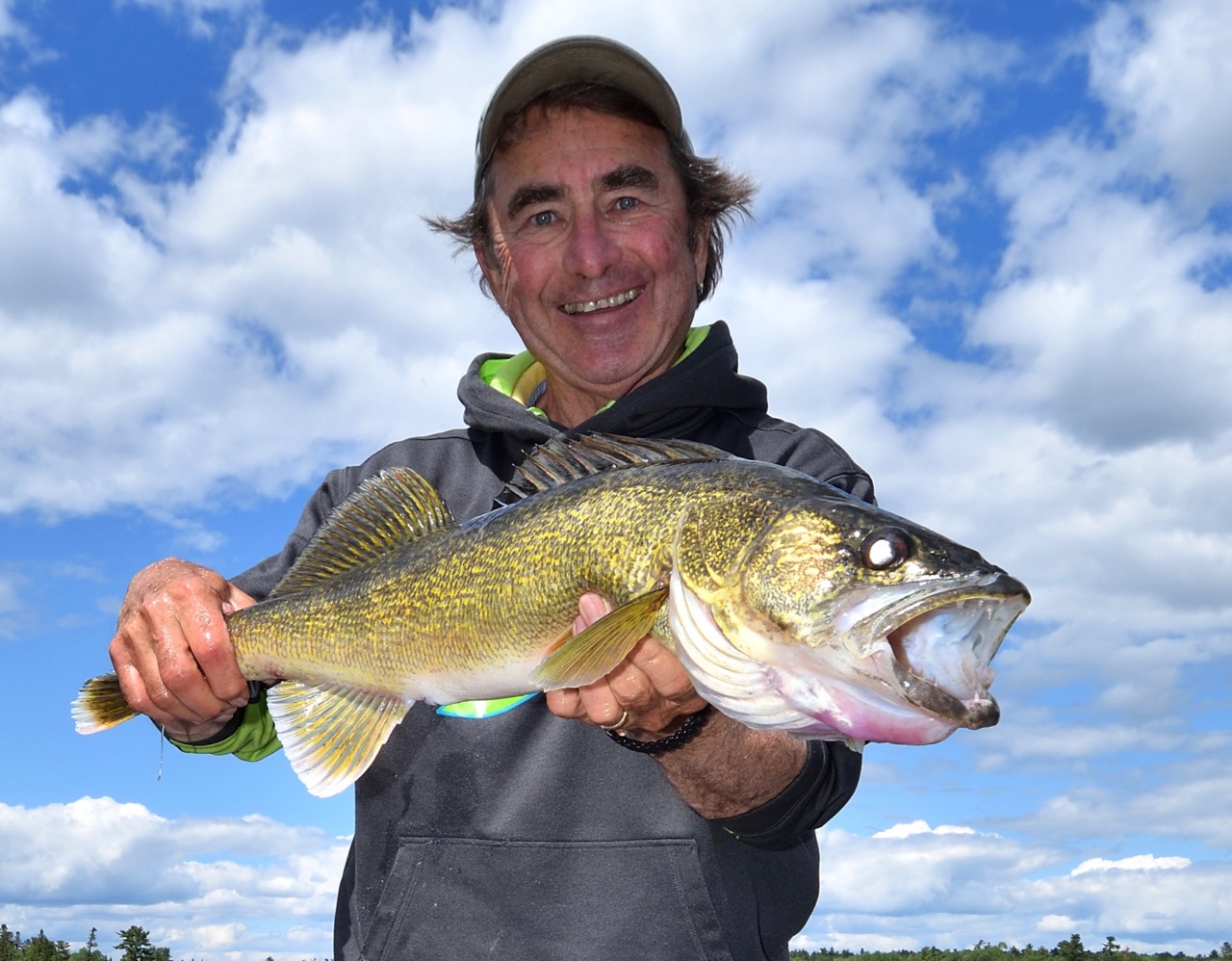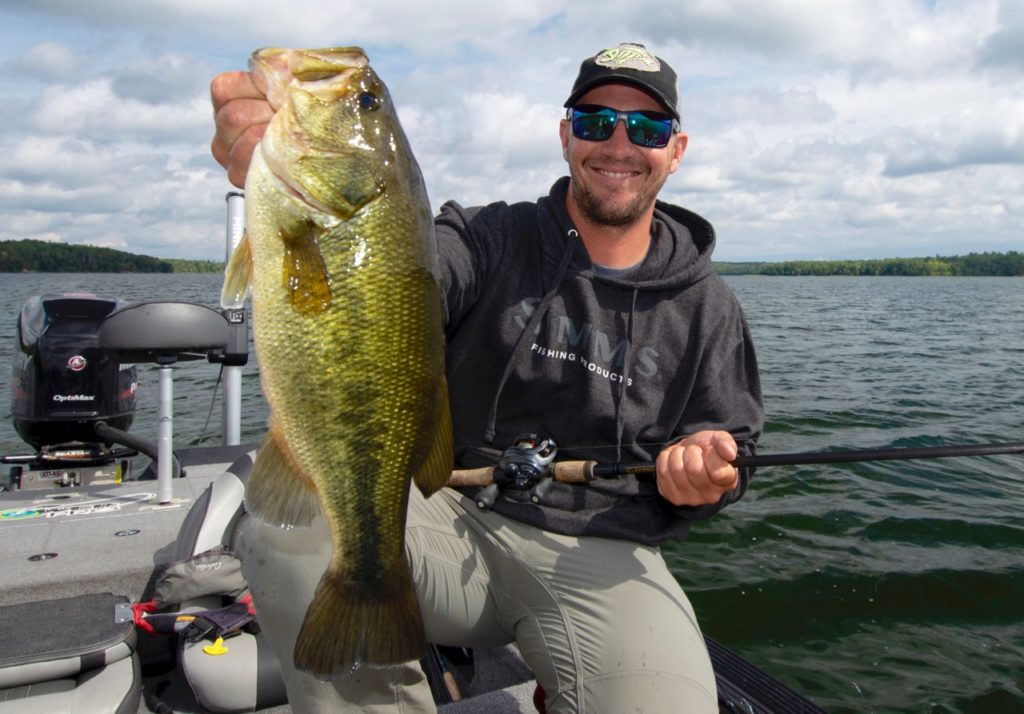Fall frenzy
Our fishing editor shares his top tactics for tackling big autumn lakers, walleye, pike and bass
Advertisement
LARGEMOUTH BASS
Behaviourally, largemouth bass are the antithesis of lake trout. These green giants favour tepid water with lush vegetation growing in jungle-like profusion. Indeed, the near 27°C water they relish is lethal to lake trout. And while lake trout head to shallow water to spawn in the fall, largemouth bass pull out of the bays where they spent the summer and move into deeper water, where the temperatures are more stable.
Advertisement
LOCATION
Early in the fall, bucketmouths congregate around the tertiary points in the middle of bays. As autumn progresses, however, you’ll find them filtering out to secondary points, while at the end of the season, you will catch them around primary promontories that lead into and out of the best summertime coves.
TECHNIQUE
Advertisement
My favourite fall largemouth bait is the 3/8-ounce ChatterBait Freedom bladed jig from Z-Man. I like the swing-hook system that lets you match your preferred hook to the size of your soft-plastic trailer (my favourite trailers are four- and five-inch minnow look-alikes with forked tails). And if you ever damage the hook, you can just attach a new one rather than throw away the entire lure.

Almost any colour will work, as long as it’s green pumpkin—there’s just something about a ChatterBait Freedom in that colour that largemouth bass find irresistible. When they’re feasting on ciscoes, smelts and shiners at the end of the season, however, tie on a white-skirted version with a silver blade.
Advertisement
For this technique, you can’t go wrong with a 7′ 2″ to 7′ 4″ medium-heavy baitcasting rod with a forgiving tip; spool on a premium 14- to 17-pound fluorocarbon or braided line to complete the set-up. Keep the lure close to the bottom throughout a steady retrieve, or a lift-pause-drop retrieve. The key is to feel the bait chatter, then swing on anything that suddenly feels different. That’s where the rod’s softer crankbait-type action comes into play, letting you reel the hook into the fish when you feel the vibration stop. Then the beefy butt section serves to help you swing the beast into the boat.


